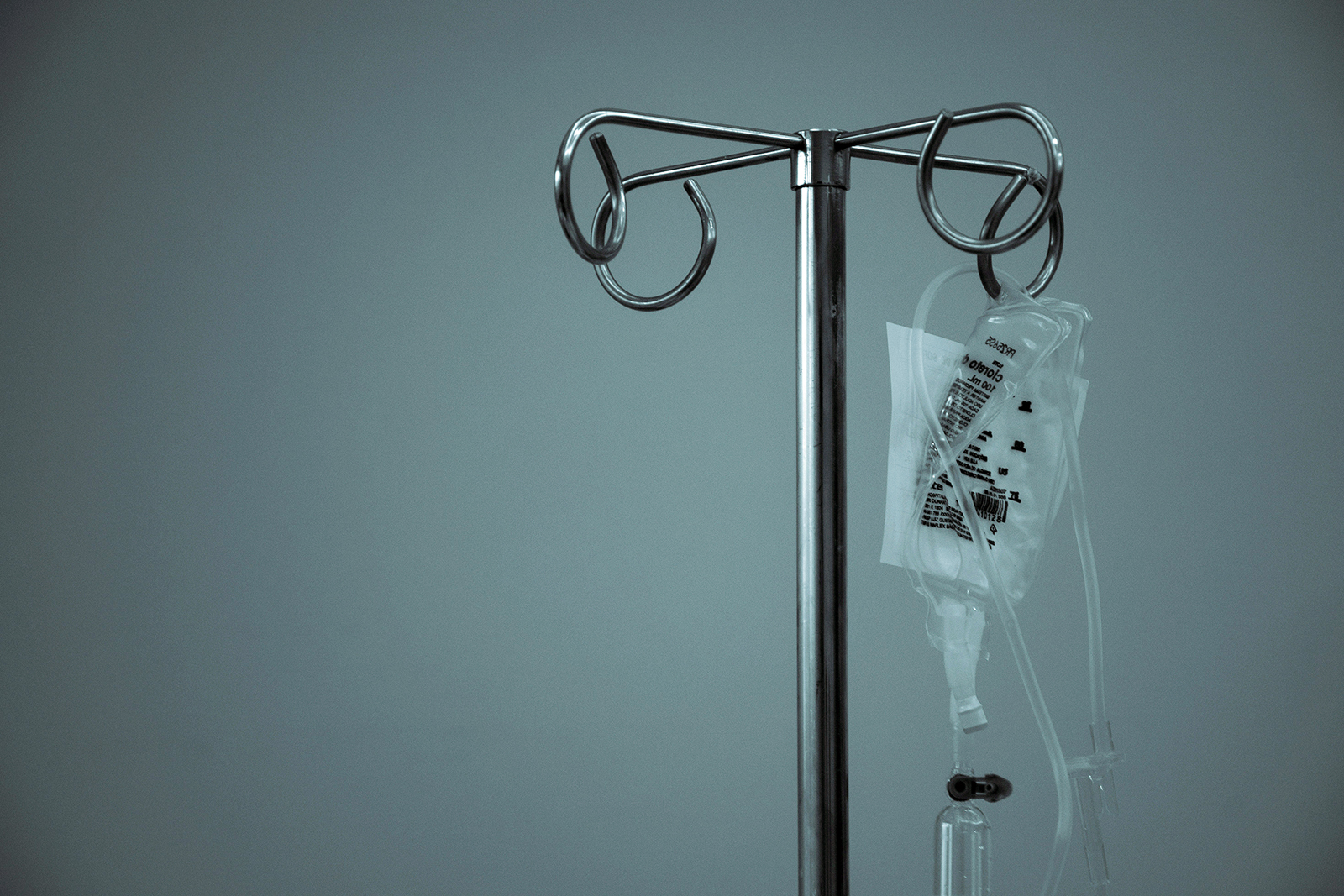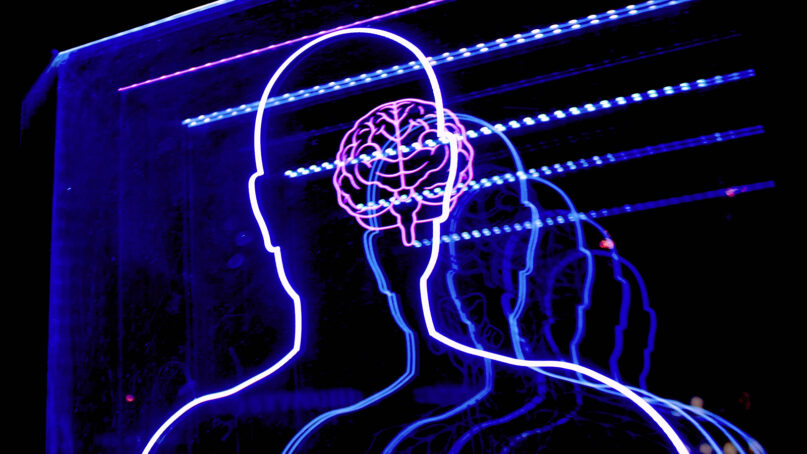
(RNS) — As a bioethicist working in both theological and secular circles over the last two decades, I have had a front-row seat to (and have participated in) much of the debate over what some of us call a “definition” of death. It is an issue of the utmost importance — not least because a debate about what death is requires a prior understanding of what life is.
Despite this fundamental importance, however, much of the debate has taken place in largely sealed-off sections of the academy, with little apparent interest from the popular media or the public at large. So seemingly arcane has some of the dialogue been that I have taken some good-natured ribbing about my focus on this topic.
But the esoteric nature of the debate is no excuse for anyone who cares about human rights or life issues to skip it entirely, especially as the definition of what constitutes death is currently changing.
In June the New York Times published an investigative report headlined, “Doctors Were Preparing to Harvest Their Organs, Then They Woke Up,” which told of more than 70 cases handled by one nonprofit organ donation agency in Kentucky in which “officials should have considered stopping sooner because the patients had high or improving levels of consciousness.” One 50-year-old overdose victim, the Times said, “began stirring less than an hour after being taken off life support and started looking around. The retrieval attempt was not immediately ended, nor was the patient given any explanation.”
One might wonder if this was just an isolated set of incidents in a single state, but a month later the Times released another report showing “a pattern of rushed decision-making that has prioritized the need for more organs over the safety of potential donors.” Health care workers in “several states” reported that “they had seen (organ donation) coordinators persuading hospital clinicians to administer morphine, propofol and other drugs to hasten the death of potential donors.”
Long-time experts in determining death such as Dr. Wade Smith, a neurologist at the University of California San Francisco, told the Times, “I think these types of problems are happening much more than we know.”
Some of this can be attributed to malfeasance. But I would argue that it comes mostly from an incoherent concept of death in the first place.
The primary way we have thought about death for most of human history led to a “cardio-pulmonary” definition: Someone is dead when their heart can no longer beat and their lungs can no longer breathe. But for much of that history, a person whose heart has stopped was almost always beyond saving. Today people are routinely resuscitated (importantly, not resurrected!) more than five minutes after cardiac arrest. Organ retrieval teams in the United States, however, have been known to wait as little as two minutes after cardiac arrest before declaring someone dead and taking their organs for transplant.
This shows that the organ transplant system is using a profoundly mistaken definition of death, which leads to a third recent New York Times article, this time an opinion piece from three cardiologists, titled, “Donor Organs Are Too Rare. We Need a New Definition of Death.” In the piece, Drs. Sandeep Jauhar, Snehal Patel and Deane Smith make a case for a second understanding of death called “brain death,” and even at that they argue for broadening its current definition (which requires death of the whole brain, including the brain stem) to include “irreversibly comatose patients on life support.”
After all, they argue, “The brain functions that matter most to life are those such as consciousness, memory, intention and desire. Once those higher brain functions are irreversibly gone, is it not fair to say that a person (as opposed to a body) has ceased to exist?”
But even this understanding of death amounts to pronouncing someone dead when they are “functionally dead” or “dead enough” or “biographically dead” – rather than actually, biologically dead. Anyone with a middle school understanding of biology knows that, if these cardiologists get their way, the human beings from whom we would be taking organs are not, in fact, dead. Based on our current legal understanding of “brain death,” it includes human beings who fight off infections, achieve puberty, react to bodily trauma with rapid heartbeat and releasing adrenaline and even gestate children.

(Photo by Bret Kavanaugh/Unsplash/Creative Commons)
If someone can understandably come to the conclusion that the law allows us to take organs from living human beings in that context, it isn’t too big a jump to suggest maybe we can take organs from living human beings in other contexts.
This is why we can almost understand (though in no way condone) why organ transplant coordinators have been caught playing fast and loose with the regulations. Donation teams on the ground know, or at least believe, that the person from whom they are taking organs is not dead even when they are following the rules; how bad is it really if they bend the rules a little bit?
This logic becomes more convincing when these decision makers don’t see the patient as having a life worth living — if they are old or disabled. More lives, and more “valuable” lives, can be saved if they just pretend these patients are already dead.
The background of all of this, quite clearly, is the massive demand for more organs. But we must not let the organ-donation tail wag the definition-of-death dog. But that is precisely the practice today — and it is also the standard used by those who want to push our practices beyond the current law.
For those of us who insist on objective standards for who is alive and who is dead, the time is now to stand up for such standards. Let us insist that we stop pretending human beings are dead when they are clearly and obviously alive.
